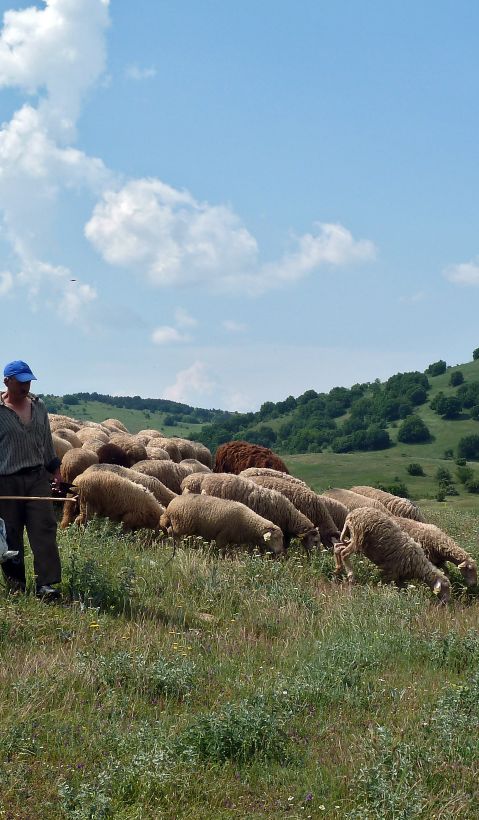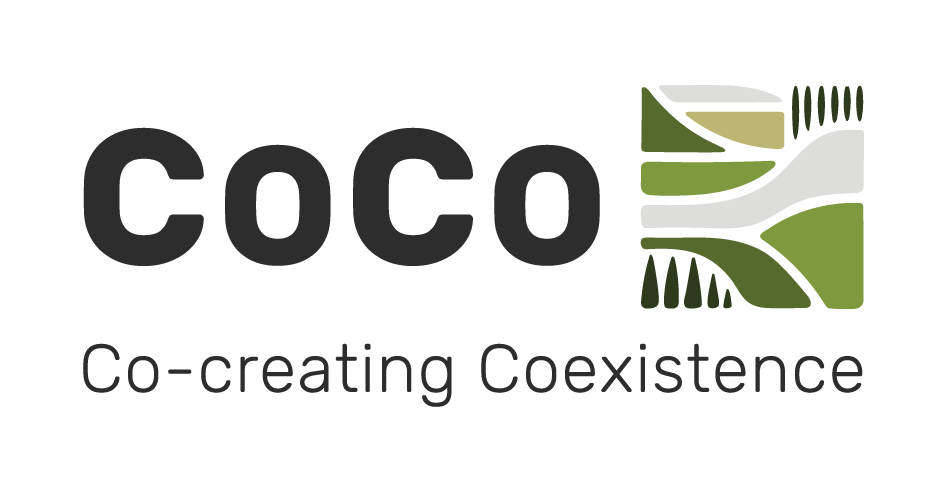
Coexistence in Focus: European Large Carnivores and the Path Forward
| Date |
Date
|
The return of large carnivores to European landscapes is a significant conservation milestone. However, this success presents new challenges for rural communities, particularly farmers, whose livelihoods and traditional practices are affected by the presence of these animals.
At the conference on Sustainable Management of Protected Animals Causing Agricultural Losses, hosted by the Polish Presidency of the Council of the European Union, Prof. John Linnell, CoCo Project lead and professor at Inland Norway University of Applied Sciences, shared his insights on the challenges and opportunities of coexisting with Europe’s large carnivores:
Depredation data: Monitoring remains inconsistent and fragmented across Europe, which makes it difficult to develop effective, evidence-based strategies.
Localised impacts: While losses to carnivores are small on a broad scale, they can have significant consequences for individual pastoralists and require a tailored approach.
Protection measures: Tools such as electric fences and livestock-guarding dogs have proven effective, but face cultural, logistical, and financial barriers to widespread adoption.
Lethal management: This is a controversial tool that can provide short-term relief but must be carefully balanced with long-term conservation goals.
Bridging the Gaps: The CoCo project, involving 18 institutions across 12 countries, aims to bridge gaps between science, policy, and community needs.
